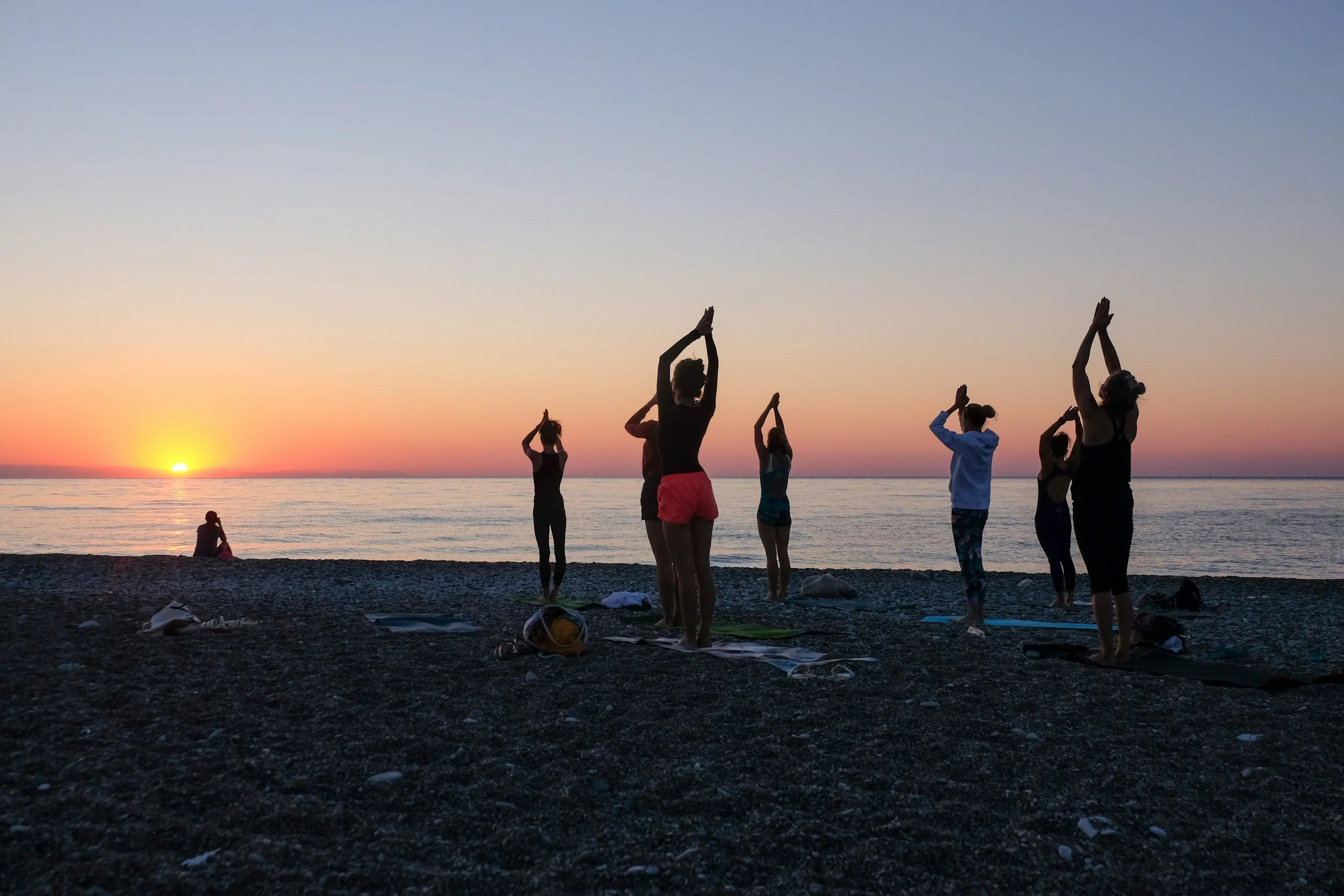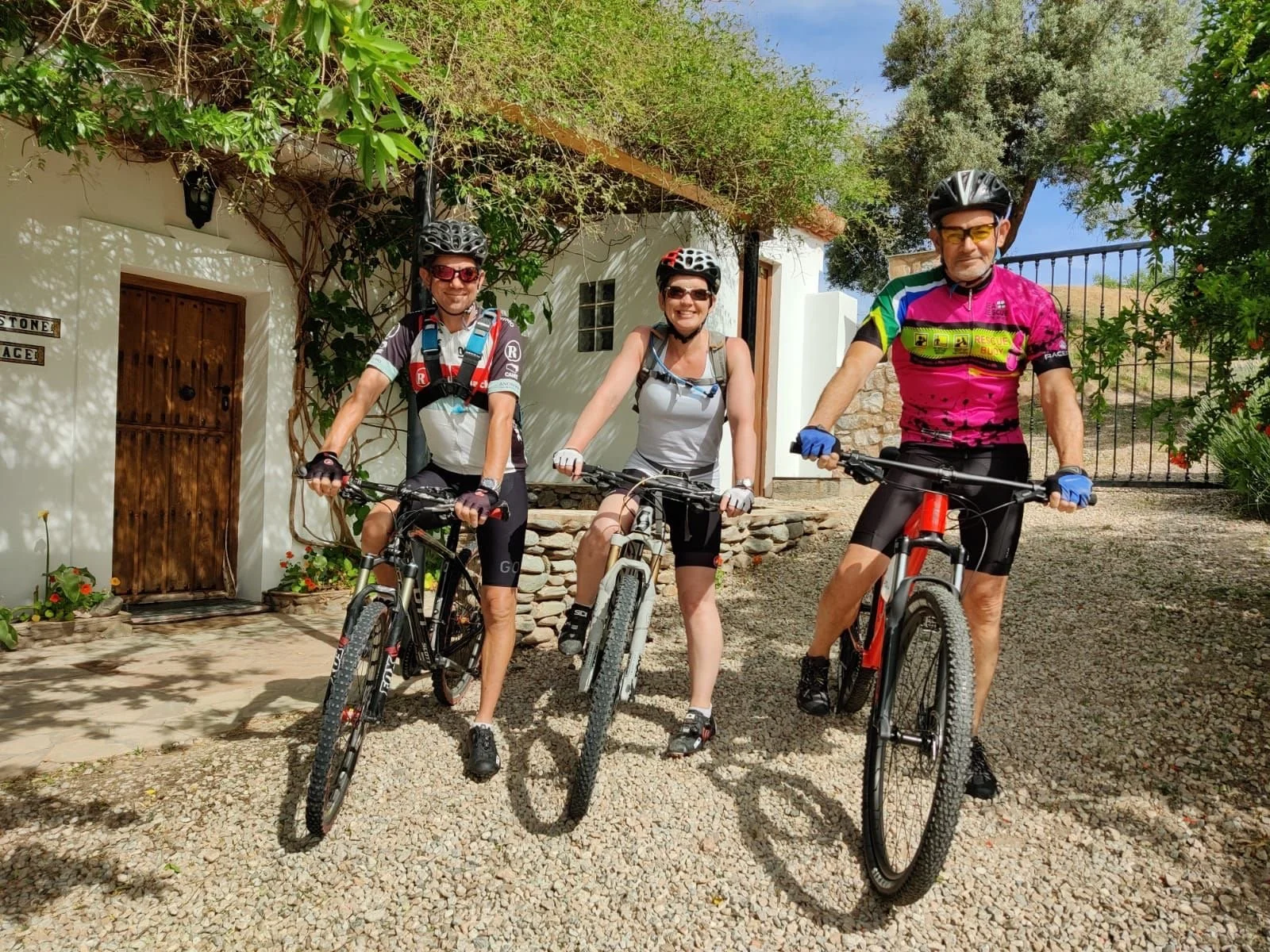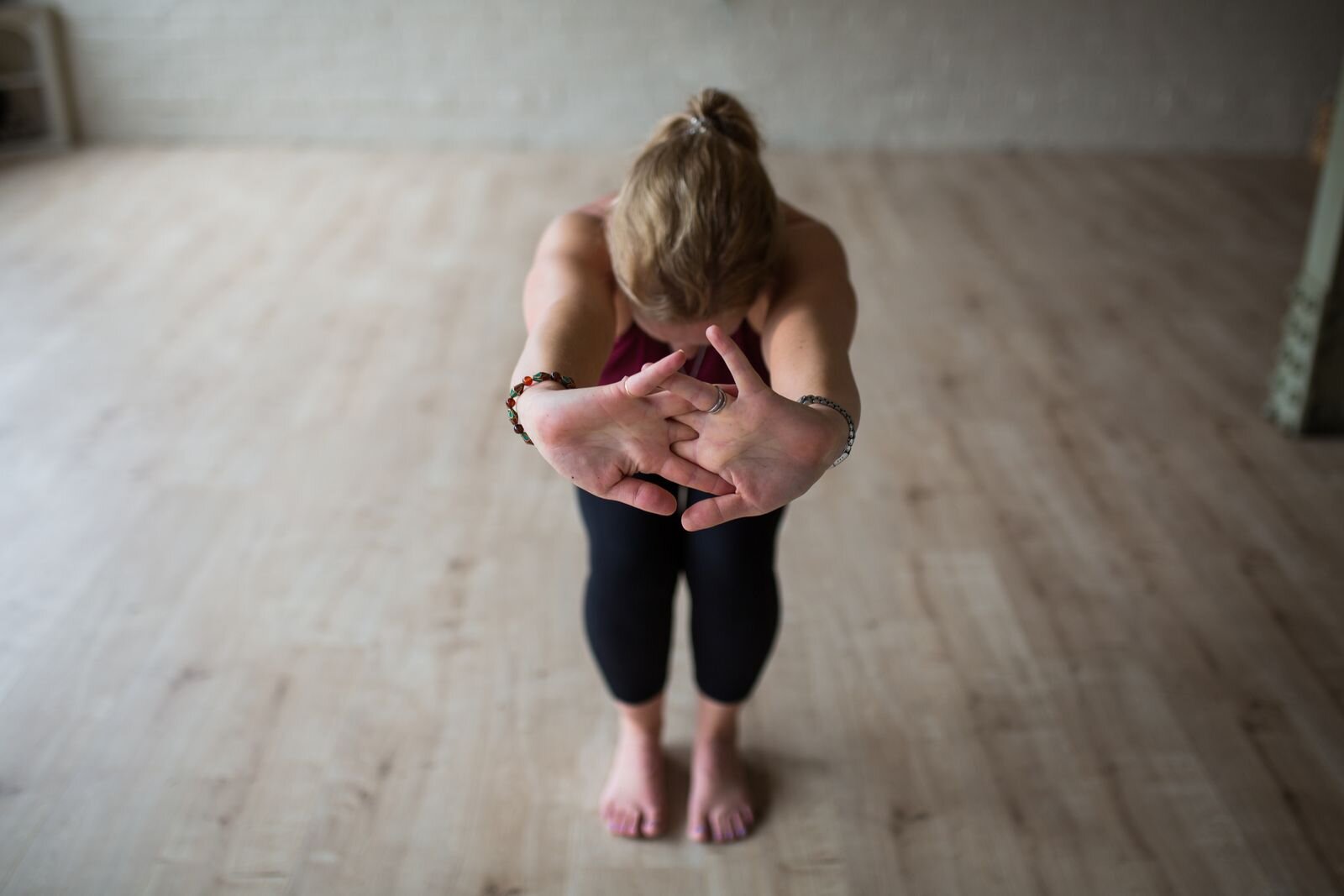Back Pain Gets Better with Movement: Unlocking Relief Through Motion
Introduction
Back pain—almost everyone has experienced it at some point. It might come after a long day sitting at your desk, a workout gone wrong, or even out of the blue. The common instinct? Rest, take it easy, and wait for the pain to subside. But what if the key isn’t rest at all? What if back pain gets better with movement?
At Move Well Yoga, we champion the healing power of motion to alleviate back pain and enhance overall wellness. Let’s explore why movement—not rest—is often the most effective path to recovery.
Understanding Back Pain
Causes of Back Pain
Back pain can stem from a variety of sources, including:
Sedentary Lifestyle: Spending long hours sitting, particularly with poor posture, can strain the spine.
Poor Posture: Slouching while working, driving, or even standing can create muscle imbalances, leading to discomfort.
Injuries and Accidents: Trauma from falls, car accidents, or other injuries can result in acute back pain.
Stress and Tension: Emotional stress often translates into physical tension, causing tightness and pain in the back.
Types of Back Pain
Back pain can manifest in several forms:
Acute Back Pain: Short-term pain that lasts a few days to weeks, typically caused by an injury.
Chronic Back Pain: Persistent pain that continues for months or more, often linked to underlying issues.
Sciatica: Nerve-related pain radiating from the lower back down the legs, often caused by a herniated disc.
The Importance of Movement for Back Pain
Why Resting Can Make Back Pain Worse
While resting may feel like the natural response to back pain, prolonged inactivity can often do more harm than good. Here’s why:
Muscle Stiffness: Lack of movement reduces flexibility and increases discomfort as muscles stiffen.
Weakened Muscles: Inactivity leads to muscle atrophy, reducing the support your spine needs.
Decreased Blood Flow: Movement promotes circulation, delivering oxygen and nutrients to help injured tissues heal.
Benefits of Gentle Movement
In contrast, gentle, intentional movement offers numerous benefits for back pain:
Enhanced Flexibility: Regular movement keeps muscles and joints supple, reducing tension and stiffness.
Improved Circulation: Moving your body increases blood flow, speeding up healing and reducing pain.
Strengthened Core Muscles: A strong core provides critical support to your spine, alleviating strain and discomfort.
Best Movements to Relieve Back Pain
Yoga for Back Pain Relief
Yoga is a gentle, low-impact way to ease back pain and improve mobility. Some effective yoga poses include:
Cat-Cow Pose: This fluid motion stretches and strengthens the spine, releasing back tension.
Child’s Pose: A restorative pose that gently stretches the lower back and hips.
Downward Dog: This classic yoga pose lengthens the spine and strengthens back muscles.
Stretching Exercises
Simple stretching can have a significant impact on back pain relief:
Hamstring Stretches: Tight hamstrings can pull on your lower back, so keeping them flexible is key.
Hip Flexor Stretches: Stretching these muscles reduces tension in the hips and lower back.
Spinal Twists: Gentle spinal twists help to mobilize the spine and ease stiffness.
Strengthening Exercises
Building strength in targeted muscle groups provides better support for your back:
Planks: Strengthen the core muscles that stabilize your spine.
Bird Dog Exercise: Improves balance and strengthens the lower back and core.
Glute Bridges: Activate the glutes to alleviate pressure on the lower back.
How Move Well Yoga Helps Alleviate Back Pain
At Move Well Yoga, we understand that back pain is unique to each individual. Our programs combine traditional yoga techniques with modern approaches to facilitate healing through movement.
Customised Yoga Programs
We create personalized routines to address the specific causes of your back pain:
Individual Assessments: We start by evaluating the root of your pain, whether it’s related to posture, stress, or injury.
Targeted Poses: Our classes focus on strengthening weak areas and stretching tight muscles based on your needs.
Progressive Routines: As you build strength and flexibility, we gradually introduce more challenging poses to encourage safe recovery.
Online and In-Person Classes
To accommodate all lifestyles, Move Well Yoga offers flexible options:
In-Person Classes: Receive hands-on guidance to perfect alignment and maximize the benefits of each pose.
Online Classes: Accessible and effective virtual sessions designed to fit your schedule.
Certified Instructors
Our experienced instructors specialize in yoga for back pain relief, providing expert guidance for safe and effective practice.
Lifestyle Changes to Support Movement-Based Healing
In addition to yoga and exercise, lifestyle adjustments can play a major role in improving back health and preventing pain.
Incorporating Daily Movement
Simple, regular activities can make a big difference:
Walking: A low-impact way to keep your spine mobile and promote circulation. Aim for 30 minutes daily.
Desk Exercises: Stand up, stretch, and move around periodically if you work at a desk.
Stretching Breaks: Quick stretches throughout the day help release back tension.
Ergonomic Adjustments
Your environment can either help or hinder back health. Make these adjustments for better support:
Supportive Seating: Choose a chair with lumbar support and adjust your desk height for proper alignment.
Healthy happy feet: Did you know, everything comes from your feet! Want to know more? Get in touch!
Posture Awareness: Pay attention to how you sit, stand, and move to avoid unnecessary strain.
Maintaining a Healthy Weight
Excess weight places additional pressure on your spine, increasing back pain. Tips for managing your weight include:
Healthy Diet: Prioritise fruits, vegetables, lean proteins, and whole grains.
Regular Exercise: Complement yoga with activities like swimming or walking.
Hydration: Staying hydrated keeps spinal discs healthy and reduces discomfort.
Common Myths About Back Pain
“You Should Rest Until It Heals”
While rest can help initially, prolonged inactivity often delays recovery. Gentle movement:Reduces stiffness
Boosts circulation
Strengthens muscles
“All Back Pain Requires Surgery”
Most back pain resolves with non-surgical treatments like yoga, physical therapy, and lifestyle changes. Surgery is typically a last resort for severe structural issues.
Conclusion
Back pain doesn’t have to be a lifelong struggle. Movement, when done correctly, is one of the most powerful tools for relief and recovery. By incorporating gentle exercises, making lifestyle adjustments, and seeking support from experts like Move Well Yoga, you can regain comfort and mobility.
Remember, your body is built to move. The next time you feel back pain creeping in, skip the bed—reach for your yoga mat and unlock the relief that movement provides.
FAQs
-
It’s normal to feel some discomfort at first, but appropriate movement helps alleviate pain over time. Consult a professional if discomfort persists.
-
Practice yoga/mobility 3-4 times per week for the best results. Consistency is key.
-
Yes! Walking is a gentle, low-impact way to improve circulation and keep the spine mobile.
-
Seek medical attention if your back pain is severe, lasts more than a few weeks, or is accompanied by symptoms like numbness or weakness.
-
While movement can significantly reduce or resolve back pain, some cases may require additional treatments like physical therapy or medical intervention.














